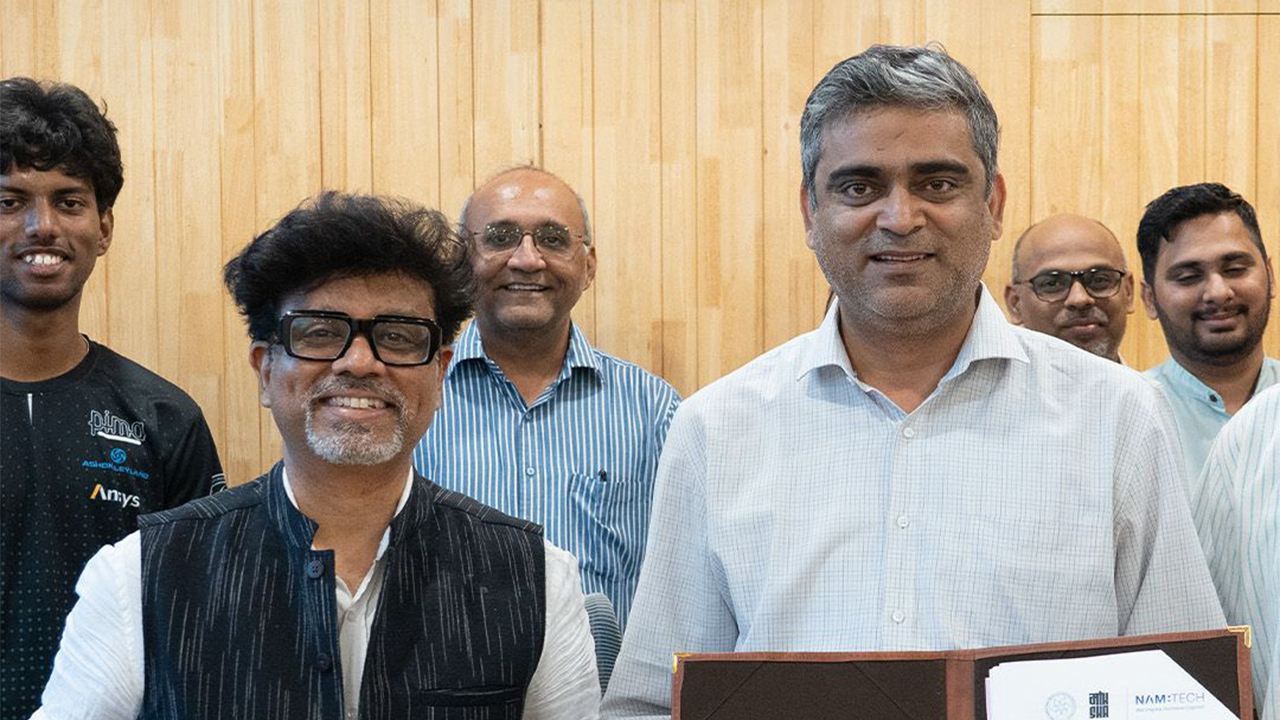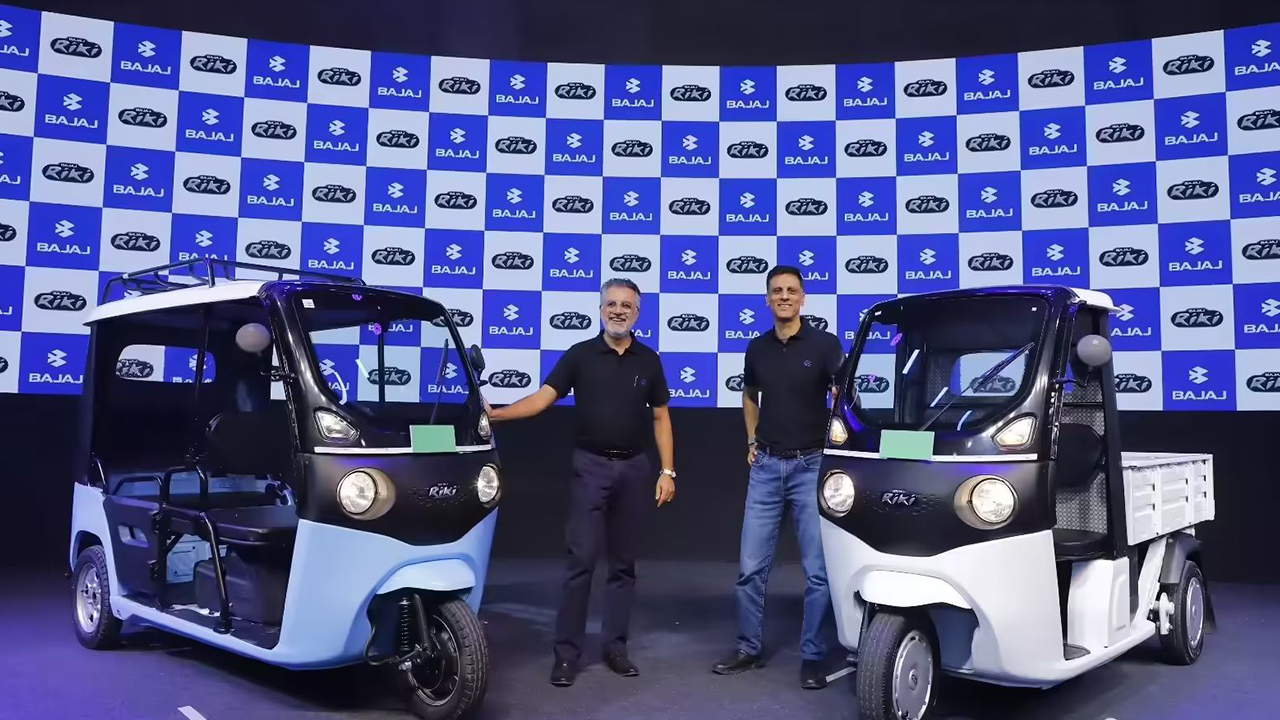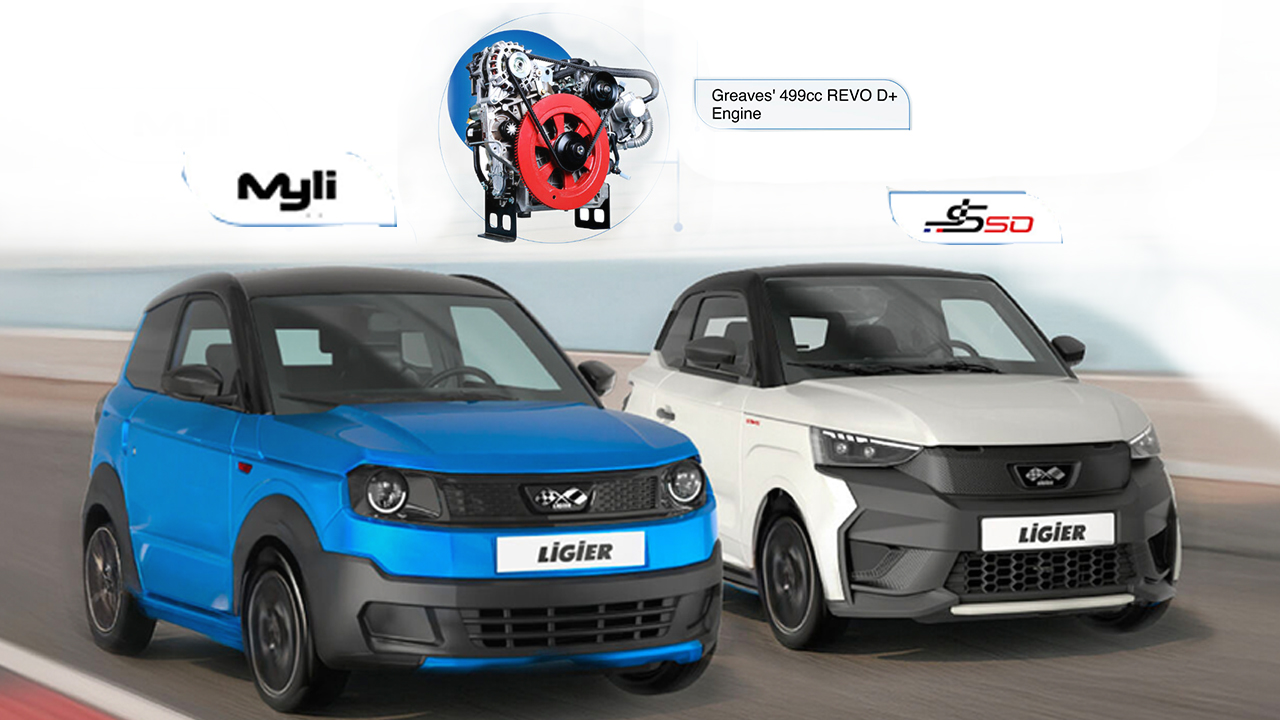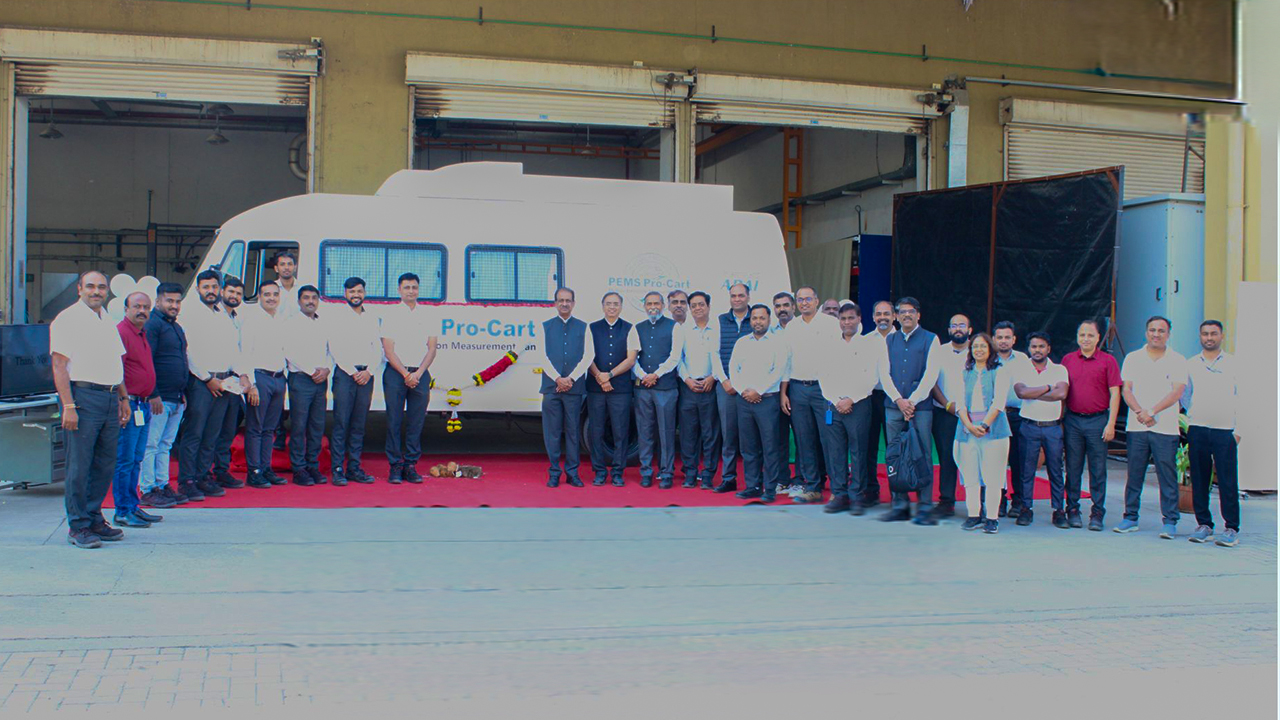Future Electric Vehicle Platforms will be Flexible and Multifaceted: Frost & Sullivan
#Automotive #EV #DigitalThe automotive industry’s transition from a vehicle-centric to a service-centric approach necessitates the development of new digital platforms (software, back-haul connectivity, and cloud).
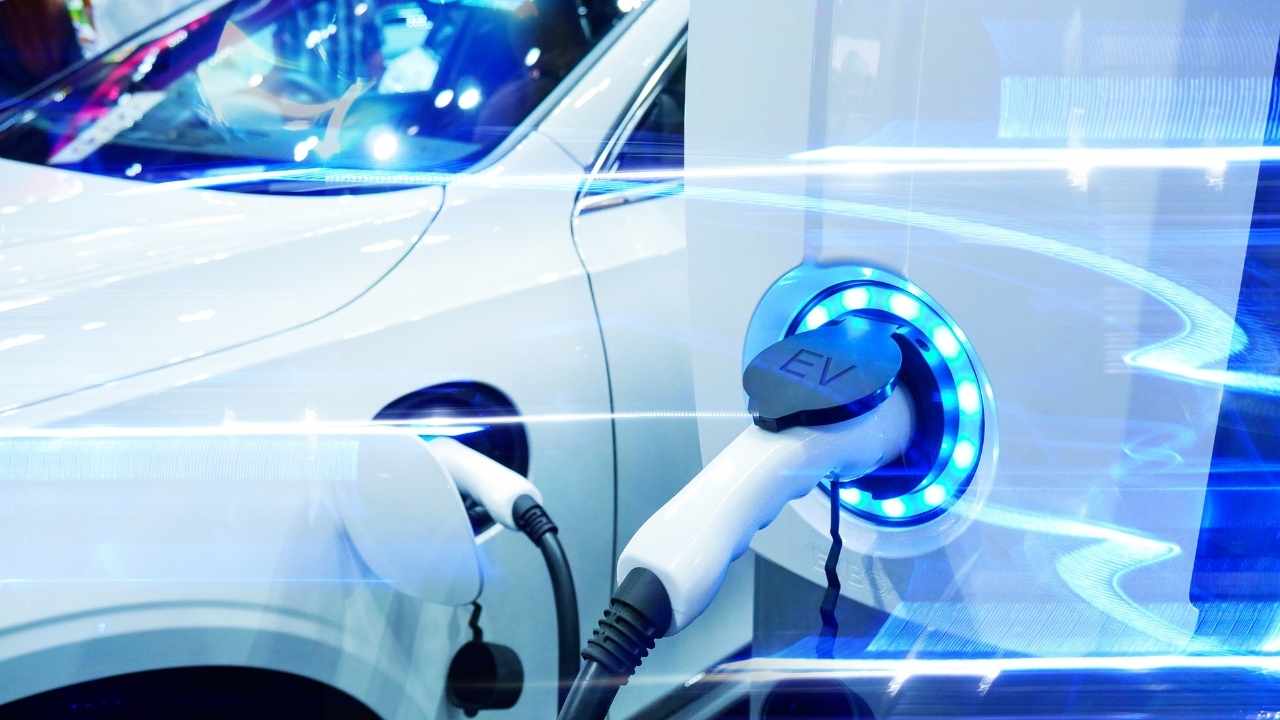
As the automotive industry converges toward connected, autonomous, shared, and electric (CASE) mobility, original equipment manufacturers (OEMs) are working on re-engineering their conventional platforms to accommodate electric vehicle (EV) components such as batteries and motors. However, the industry’s transition from a vehicle-centric to a service-centric approach necessitates the development of new digital platforms (software, back-haul connectivity, and cloud). Frost & Sullivan’s recent analysis finds that future modular EV platforms will be flexible and multifaceted, with various vehicle types and shapes built on a single program, saving OEMs the time, effort, and money required to launch new models. The study examines emerging market trends, platform development’s collaborative approach, new business models for platforms, and growth opportunities.
“In the future, the automotive industry will not be restricted to traditional vehicle manufacturing methods, and sales will focus on building new downstream sources of revenue with an emphasis on the users instead of the vehicles,” said Kamalesh Mohanarangam, Program Manager, Mobility Practice at Frost & Sullivan. “As the automotive industry shifts from the traditional pyramidal value chain to a flat value chain, mobility companies are sourcing chassis technology and platforms from third parties and integrating their technologies.”
Mohanarangam added: “Although the initial investment required to develop a dedicated, scalable platform is significantly high, the excessive flexibility this platform offers will offset this investment through economies of scale. Further, the amount of time, investment, and effort required to manufacture different battery electric vehicles (BEVs) on an EV platform is significantly less when compared to other platforms.”
Market participants should focus on the following growth prospects:
● To overcome CASE-related challenges, industry participants must develop modular and flexible platforms to offer a number of models without significant investment.
● With electrification and autonomy gaining popularity, OEMs need to push purpose-built platforms for EV production to enable the seamless introduction of automation.
● Suppliers will need to expand their scope and focus on bringing in X-by-wire systems for spacious cabins. They should ensure that fail-operational functionalities are built into the system to develop and offer products that address evolving hardware architecture and the software consolidation process.
● By developing end-to-end software platforms that are scalable and modular, OEMs can make resource sharing a reality, which will lower overall costs and add new capabilities.
Future Skateboard and Platform Architecture Strategies of Electric Vehicle (EV) Companies is part of Frost & Sullivan’s Global Mobility Growth Partnership Service program.
About Frost & Sullivan
For six decades, Frost & Sullivan has been world-renowned for its role in helping investors, corporate leaders and governments navigate economic changes and identify disruptive technologies, Mega Trends, new business models, and companies to action, resulting in a continuous flow of growth opportunities to drive future success.
NEWSLETTER
TRENDING ON PRO MFG
MORE FROM THE SECTION




